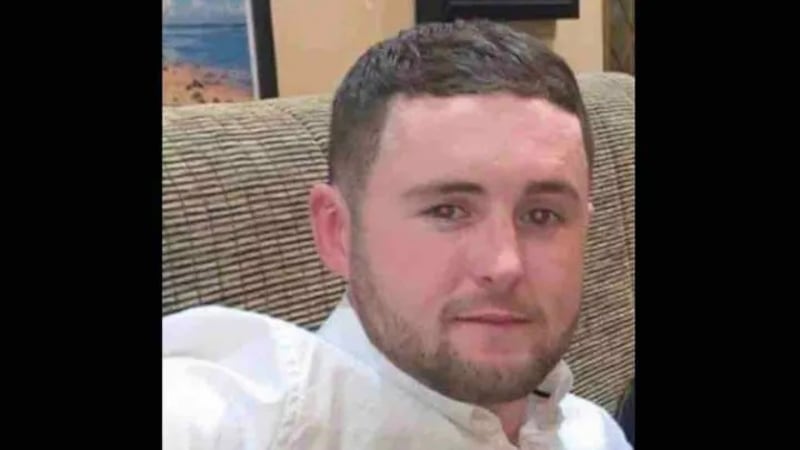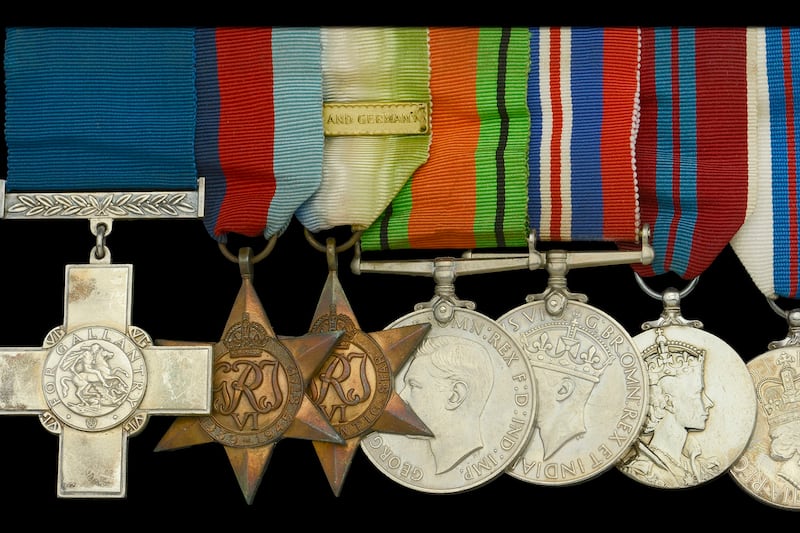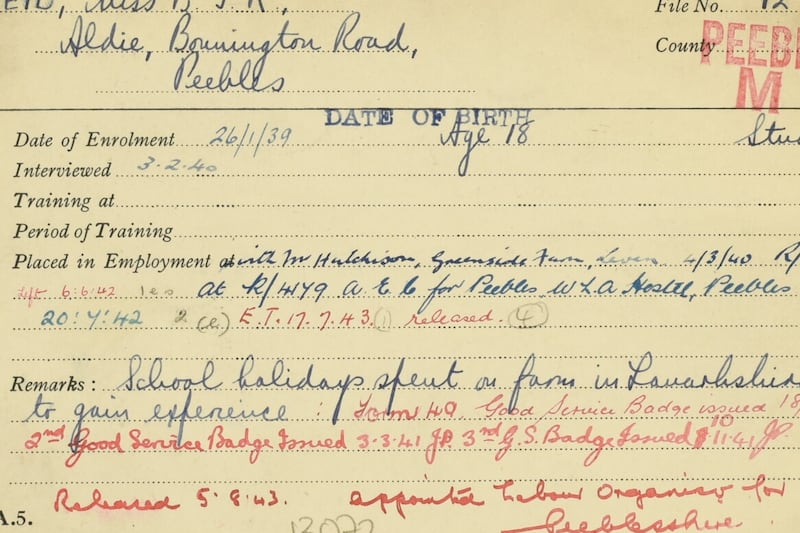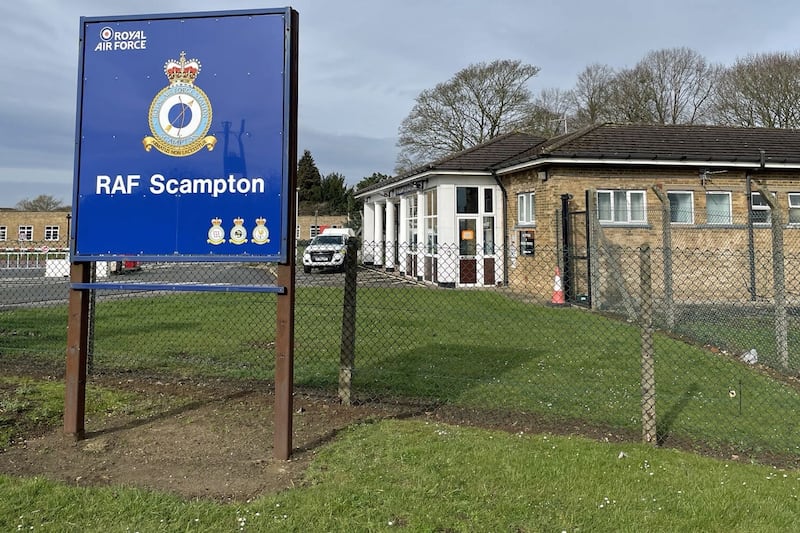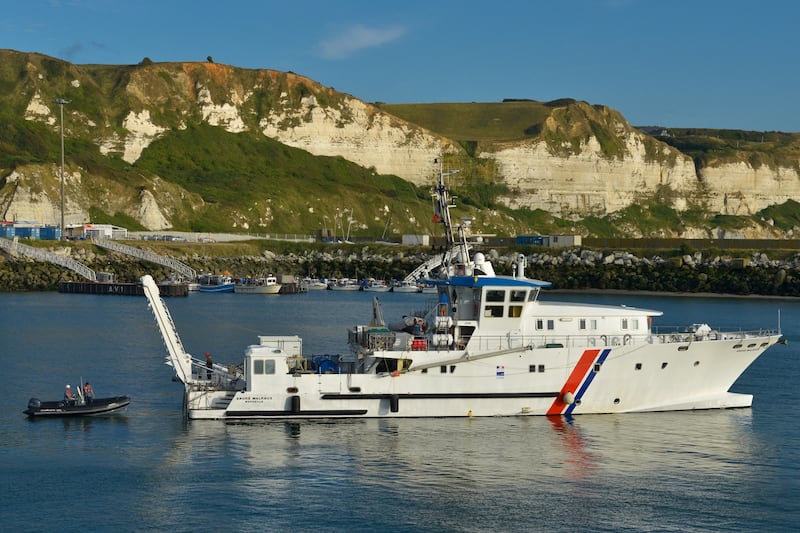Files on dozens of suspected IRA men who were interned shortly before, or during, the Second World War have been declassified after more than 80 years.
The first file, dated December 22, 1938, includes details of 34 men interned by Stormont home affairs minister Sir Dawson Bates, a founder of the pre-First World War UVF.
The files reveal the internees' names, addresses, occupations and suspected rank in the IRA, including Frank McGrogan of North Queen Street in north Belfast, a window-cleaner and ‘Officer, G Company, Belfast Battalion’.
The internees’ occupations range from labourers to clerks and electricians. Among those interned were several veterans of the War of Independence.
Joseph Cullen of Rockmore Road in west Belfast, was listed as ‘president of the Old IRA Association’.
John (Sean) McNally of Ardilea Street in the city – later a Nationalist Party Senator at Stormont and secretary of the Anti-Partition League in the 1950s – is classified as ‘a principal leader’ in the IRA.
The individual internment orders were signed by Sir Dawson as Minister of Home Affairs under the notorious 1922 Special Powers Act.
The arrests anticipated the IRA bombing campaign in Britain in January 1939. In a press release in the file, Lord Craigavon's government declared: "The fact having come to the knowledge of the police that plans have been prepared by the IRA for attacks upon persons occupying prominent positions and upon Government and other property…the Government decided that in order to prevent the perpetration of such outrages…to arrest and intern the well-known leaders and prominent members of this illegal organisation…"
A note dated December 29, 1938, shows that no Christmas visits to the internees were to be allowed except in special cases, Only two exceptions were made including a visit to Chris McLaughlin by his wife on "the sudden death of their eighteen month old baby".
The papers show that the decision to re-introduce internment was attacked in the British liberal press, including the News Chronicle.
On March 9, 1939 the case of the internees was raised by Richard Byrne, one of only two Nationalist MPs who attended Stormont during the war.
In response to his query as to how long the men would be incarcerated, Sir Dawson replied: "At the present time we in NI are being attacked by the IRA and other illegal organisations – emanating mainly from Eire – by methods involving damage to life and property and having for their object the disruption of the Constitution".
The minister suggested that Mr Byrne should "ascertain from his friends in Eire when these attacks on NI … are going to cease".
Protests came also form the local Labour Party. In June 1939, Samuel Pollock of the North West Labour Party of NI in Portrush, Co Antrim, wrote to the secretary of the Ministry of Home Affairs protesting against the continued internment of the men and urged that they should be given a fair trial.
The files show that 45 people were arrested following the outbreak of the Second World War in September 1939.
Among those arrested was Jimmy Drumm, the future husband of leading Belfast republican, Maire Drumm, who was killed by the UDA in Belfast’s Mater Hospital in 1976; veteran Derry republican, Neil Gillespie, and Portaferry journalist Liam MacReachtain.
A total of 827 internment orders were made during the war. Most internees were released in July 1945 following the end of the war in Europe in May.

